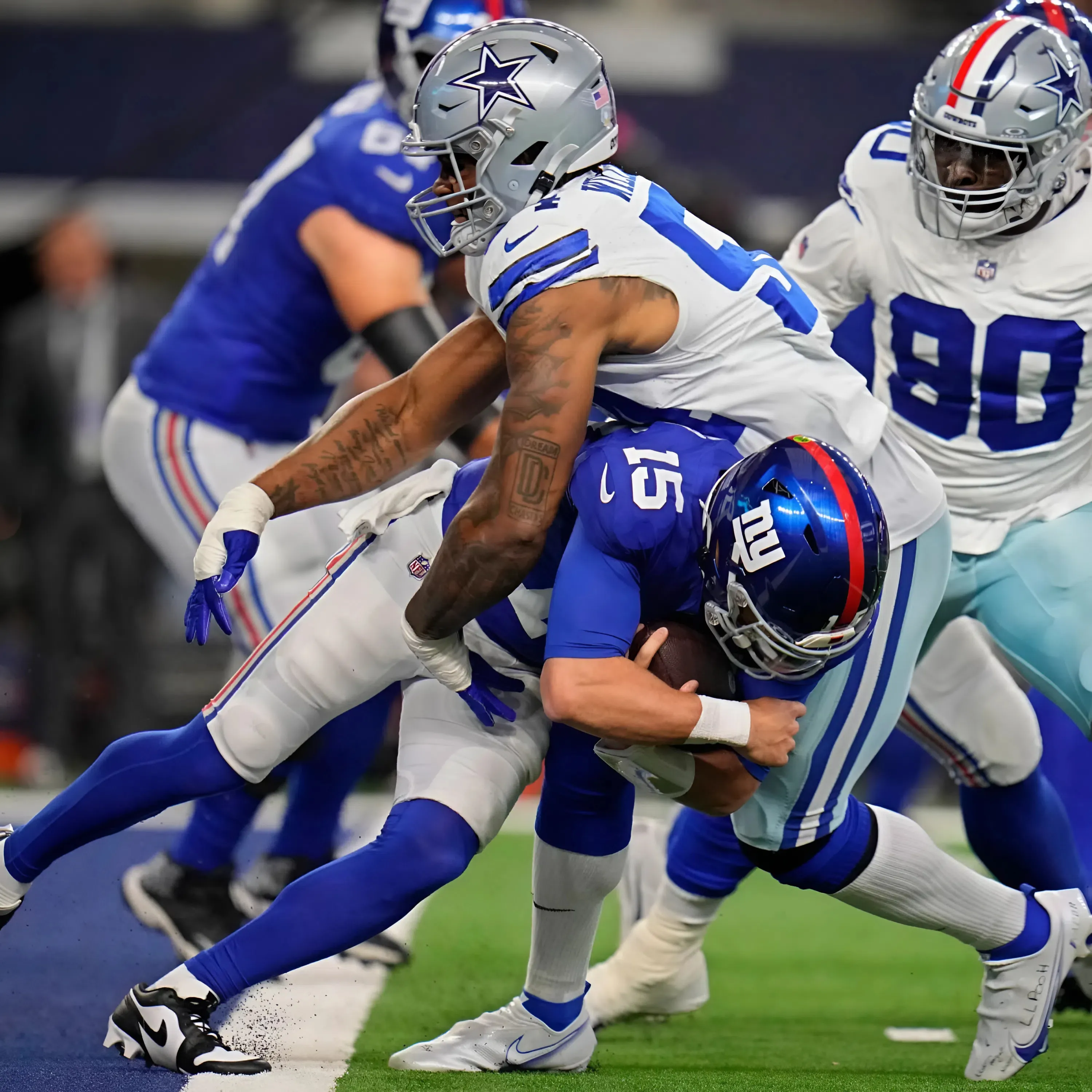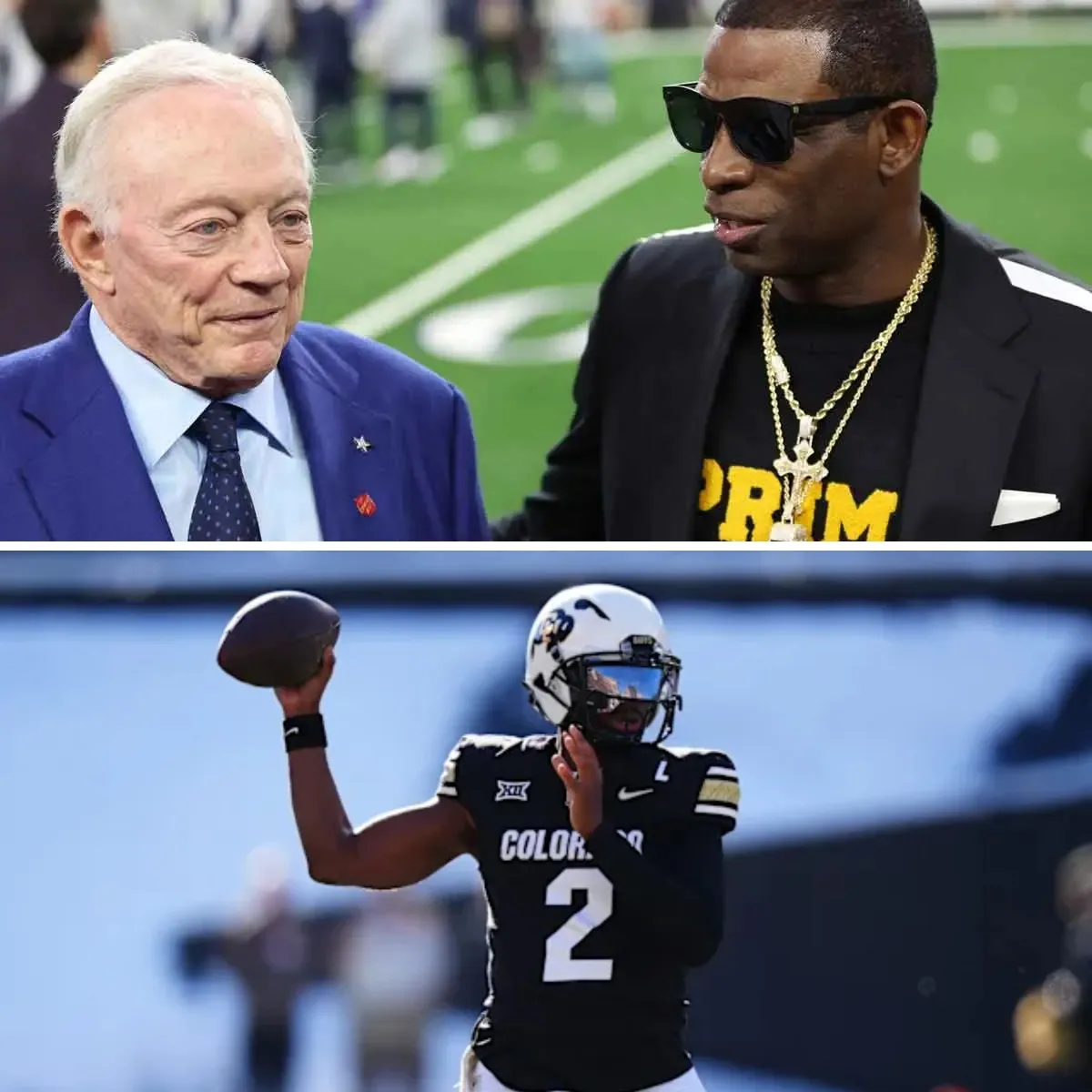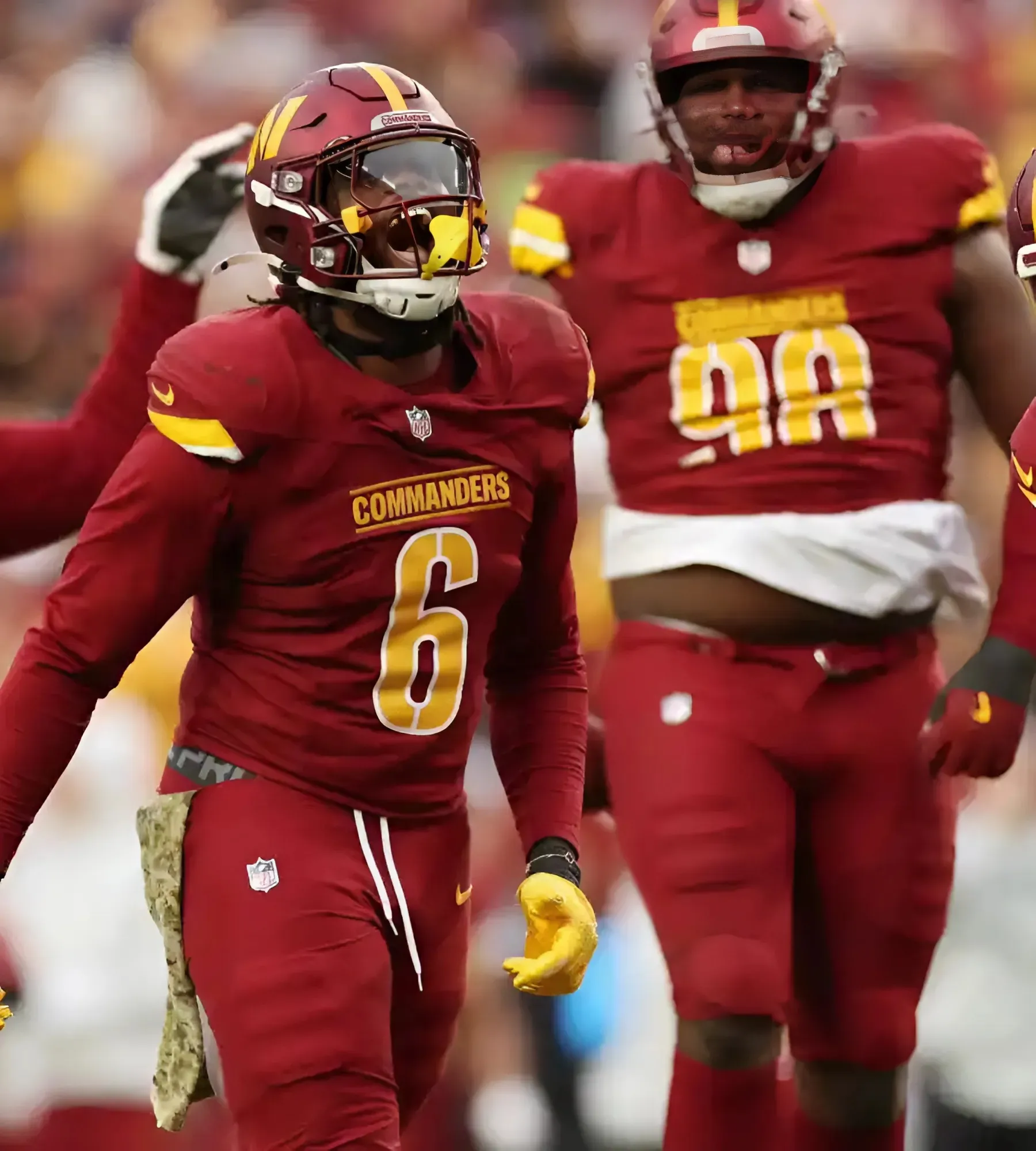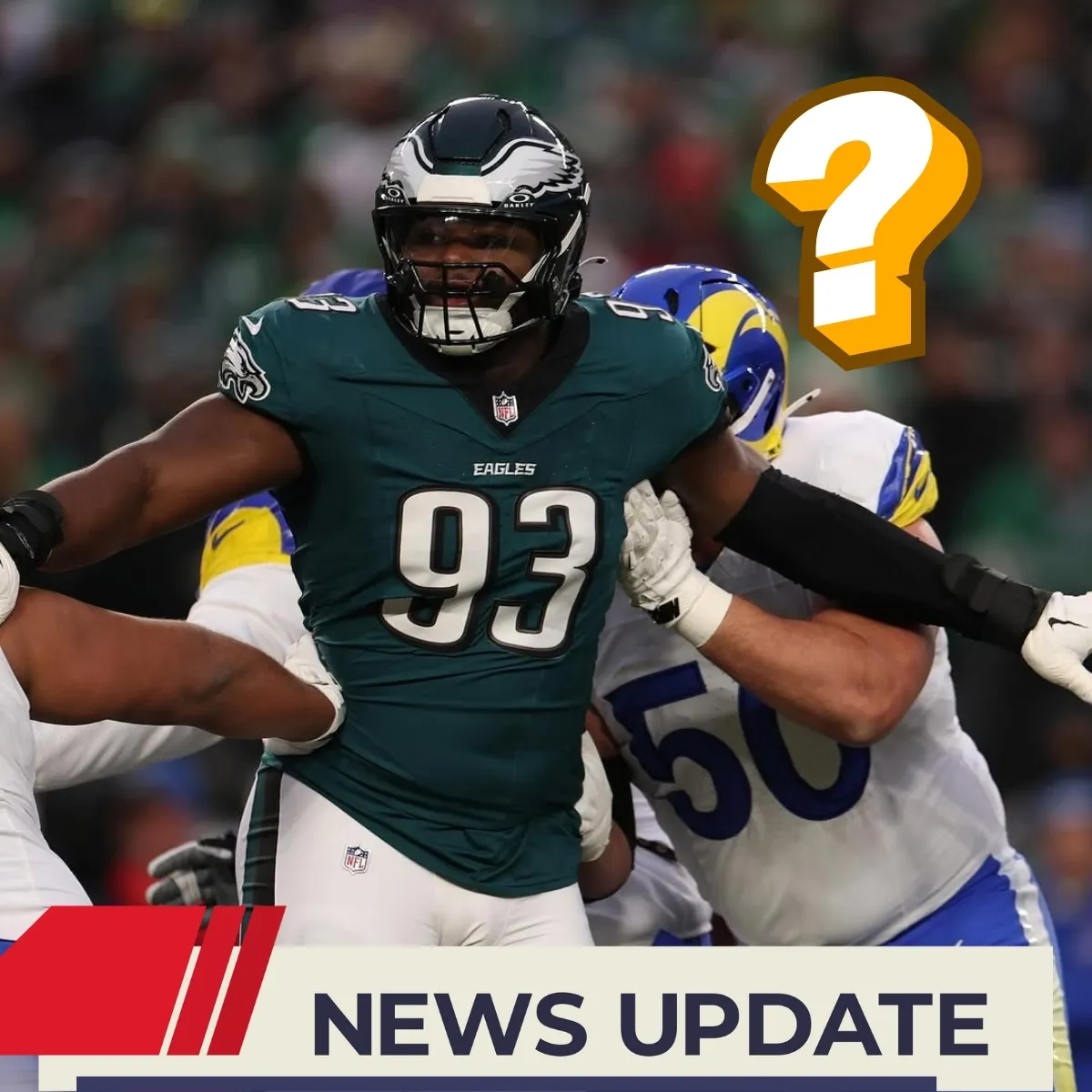Much has been made about the genius play calling of Ben Johnson and the effective Lions offense, overall.
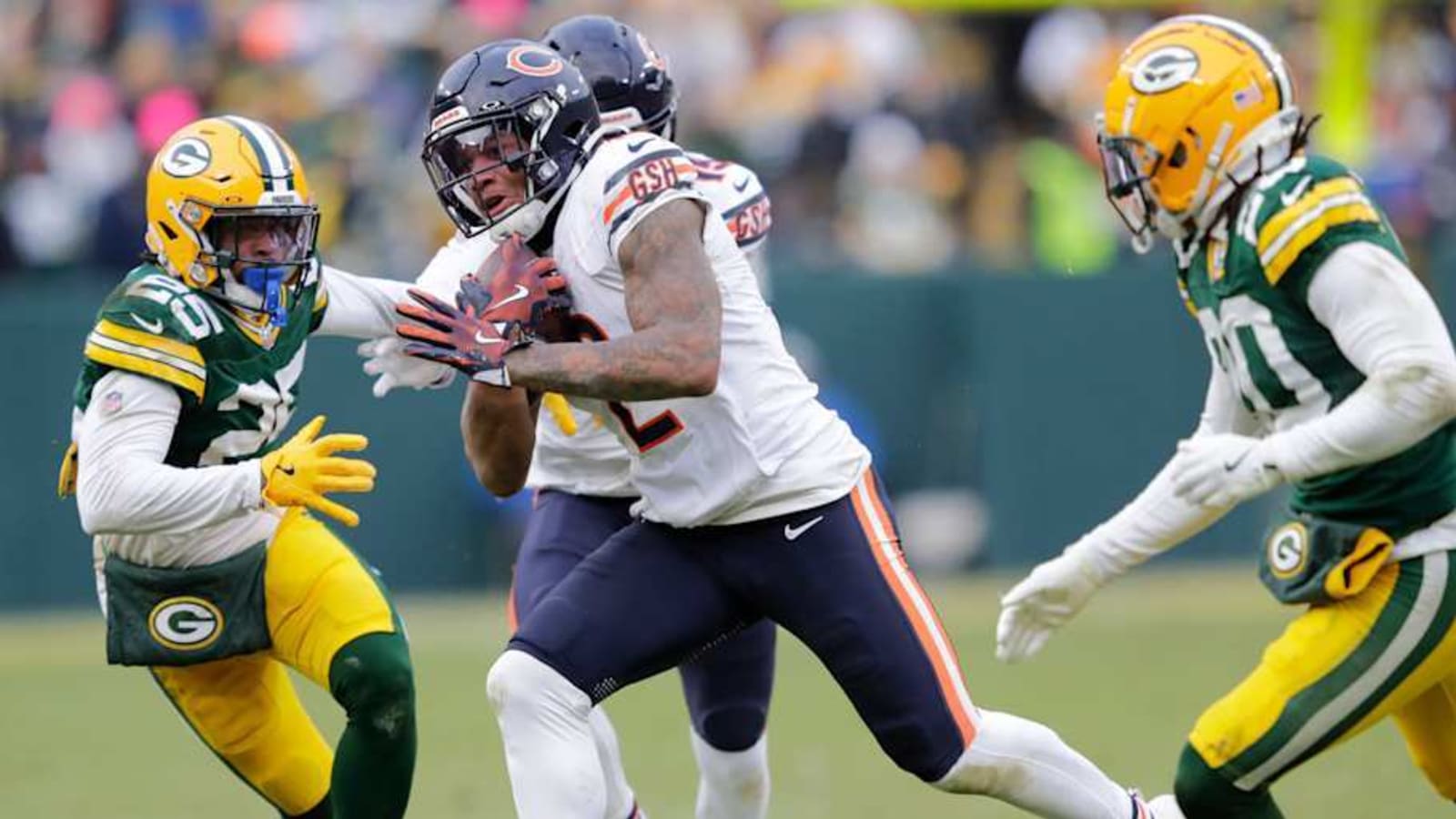
Of course, in Chicago now much is being made about the improvement and change he'll bring to the Bears offense.
When Johnson took over as coach, he didn't promise an offense just like Detroit ran because of the difference in personnel. However, the improvement he'll bring to the Bears offense should follow a specific pattern because positive results are what Johnson will be looking for regardless of the form it takes.
Certain numbers the Bears will try to hit with their attack will be sure signs they're achieving the conversion to Johnson's vision.
Here are the indicators Johnson will want to see improve greatly or even somewhat over what the Bears did last year in an ineffective offense.
When the Bears are approaching these positive numbers they're going to be closing in on being the effective attack they've only dreamed of having since probably the Marc Trestman era, when they managed to finish eighth on offense once.
Passing improvements necessary
Yards after catch
Johnson's offense was the epitome of this important statistic while the Bears made good strides last year after being buried at the bottom of the league but were still nowhere near where they need to be.
The Lions finished first in the NFL at 2,669 and were first in yards after catch per completion at 6.7. Their receivers caught the ball with room to roam and then gained better than any other team. The Bears were at 5.3 yards after catch per completion, which was 15th, and they were 18th in total yards after the catch at 1,876.
When you're seeing DJ Moore, Rome Odunze, Cole Kmet, D'Andre Swift and others catch it with no one around them and able to turn upfield for yards, Johnson's attack is taking root.
Then the improvement here might be more apparent than anywhere else.
Completion percentage
This is more of a Caleb Williams improvement factor than one the entire team or receiver corps needs to be hiking. Williams was not accurate enough with his passes. He completed 62.5% and only three starters were worse.
The standard for the Lions offense with Jared Goff is rather high and if Williams can approach anything close to it this year it will truly be a drastic improvement.
Goff was second best in the league among starters at 72.4%. Williams has a lot more shorter passes to complete as well as longer ones before he can get the Bears to this level of efficiency.
Completed air yards
More deeper and accurate passes are necessary if they want to hit the Lions' range from last year. Still, it's not necessary to be the best in the league at this if you're able to be more accurate overall and attain big-time yards after the catch. The Lions were only 15th in completed air yards (2,049). However, Williams and the Bears were only 31st at it (1,676) so they have some deeper throws to attempt and complete before they can approach target numbers..
Red zone passing TDs
Williams was actually a pretty effective red zone passer and had 13 TD passes in the red zone, including 11 from inside hte 10.
He was still nowhere near Goff numbers. The Lions' QB had 23 in the red zone and 21 inside the 10. There's climbing to do here.
Running improvement necessary
Tougher running
It might stun Bears fans who follow D'Andre Swift to know their starting running back from last year has not always been someone who went down on the first hit. Sometimes tougher running and going through tackles is the result of better blocking.
An example: Last year Swift had only seven broken tackles but when he was with Philadelphia and had one of the league's best offensive lines blocking for him, he had 21 broken tackles.
From the standpoint of yards after contact, the Bears need both better run blocking so that the back isn't being hit immediately right after he breaks a tackle, and also tougher running through tackles if they are going to approach Detroit's effectiveness in the running game.
It is important for this so they can effectively set up the play-action passing game Johnson wants as the basis for his attack.
The Lions last year were fifth in the league at yards after contact at 1,124 and 10th in yards after contact per attempt at 2.6 yards.
The Bears were 29th in yards after contact (673) and 30th per attempt (1.6).
Obviously tougher yards from the backs and better blocking from the linemen is necessary.
The difference is so great that it's difficult to see how the Bears are going to achieve this without a new, power-oriented runner like the Lions have in David Montgomery.
When it comes to raw numbers for broken tackles, the Bears have a long way to go, as well. Detroit was fourth with 42 and 12.7 attempts per every broken tackle left them sixth. The Bears were only 29th in total broken tackles with 13 and 30th in attempts per every broken tackle with one every 33.2 attempts.
Blocking it
The best number indicative of effective run blocking is yards before contact. The Bears have to get better here, though not as much as they do at running through tackles or making tacklers miss.
Detroit's ball carriers ran 1,364 yards before contact, or 2.6 yards before they were contacted. The total was sixth in the league and the average 10th.
Meanwhile, the Bears were in the middle of the pack at keeping tacklers off backs so they could make a cut. They were 18th in yards gained before contact (1,061) and 14th in average before contact (2.5).
The best number indicative of effective run blocking is yards before contact. The Bears have to get better here, though not as much as they do at running through tackles or making tacklers miss.
Detroit's ball carriers ran 1,364 yards before contact, or 2.6 yards before they were contacted. The total was sixth in the league and the average 10th.
Meanwhile, the Bears were in the middle of the pack at keeping tacklers off backs so they could make a cut. They were 18th in yards gained before contact (1,061) and 14th in average before contact (2.5).
Tough paydirt
It all comes together in the running game inside the opposing 10-yard line. Yards get tougher and reaching the end zone is never easy.
Detroit's Montgomery and Jahmyr Gibbs scored 21 times on runs inside the 10.
Swift and Roschon Johnson combined for nine TD runs from inside the 10, and Johnson, the little-used backup, had six of those.
It's going to need to be much better here, and using Doug Kramer to carry the ball doesn't look like a real answer. If Swift is still an answer, he needs to use his speed and cutting near the goal line if he can't power into the end zone.

